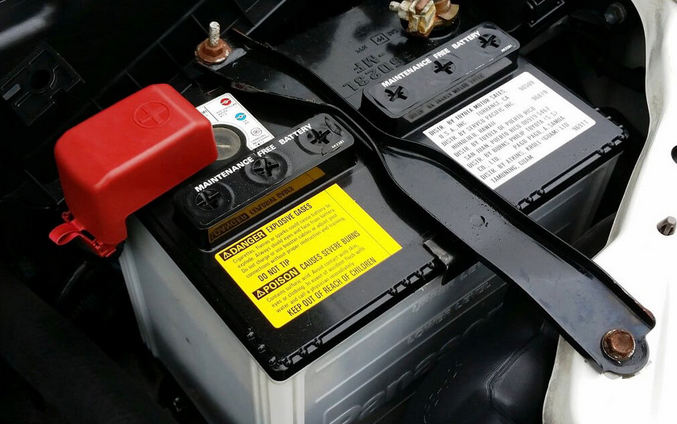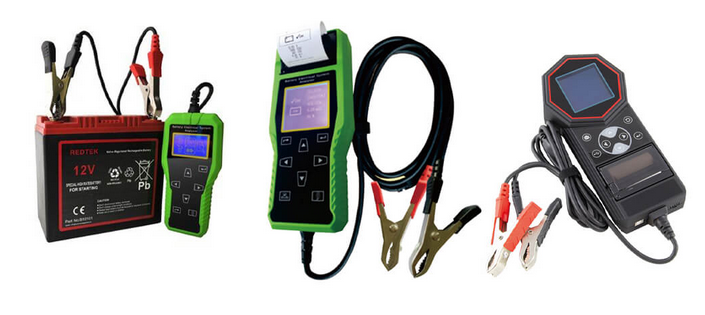Why do you need a car battery tester?

The electric charge that your battery carries won’t last a century. It can only carry so much electric charge for a specified amount of time and sooner or later it will discharge. In most cases, it is quite difficult to tell how much electric charge you have left.
The 21st century cars are modern machines and fully loaded with high technology gadgets such as GPS navigation, LCD screens, DVD players and can be connected to Bluetooth devices. Name it and in all likelihood a high end car has it. How all these latest car technology can handle by car battery which is installed in car electrical system. You may have all these top of the line automobile extras but if your battery is dead, so are they.

Car batteries have so much improvement over the years, but the technology is still basically the same. Not until we are stranded in some place because we can’t start the car, do we even think of our car battery. A modern car battery voltage tester can warn of impending battery failure and may even diagnose alternator problems; thus evaluate and determine the course of action that needs to be taken.
Car battery tester uses the adjustable load test as gauge to decide whether your battery is still usable or need to be discarded and replaced. These testers measure the voltage drop when a voltage load that is half the battery’s CCA rating is used. And how does it work? The load is applied for about 15 seconds and the voltage drop is measured. Make sure that when you do this test the ambient temperature is not below 70⁰F. If the drop reading does not fall below 9.6 volts, then your battery is ideally conditioned, and is therefore, considered good. To illustrate this, let’s take an example: You have a battery of Cold Cranking Amp (CCA) rating of 600; if you apply a 300 amps load for 15 seconds and the measured voltage does not fall below 9.6 volts then the battery is good. It is also possible to use a car battery tester in opposing temperature conditions, but only if you compensate for the difference in calculations.
So is there a specific car battery tester for a particular car type?
Testers that plug into the cigarette lighter socket are the easiest to use. There are zero installations required and no separate battery is needed. They are mostly “self-powered”, running off the car battery’s power. They can be analog or digital. The downside is many testers of this type are cheap and flimsy. They often get accidentally knocked off and broken, if left plugged in because they stick out from the dashboard.
Other car battery testers are clamped directly to the battery terminals. There’s an amount of inconvenience here because this type of tester requires the car to be stationary with the hood up; although some can be left permanently clamped to the battery with the display inside the engine compartment. Some clap-on testers are designed so that you can use them as stand-alone batteries. You have to remove the battery from the car, however. These testers have their own load tester, capable of absorbing 100 or more amperes to measure cranking voltage.

The most convenient type of car battery tester is the voltmeter that you can permanently fix into the car dashboard. It allows easy daily monitoring of the voltage. There is some installation work required in this type of tester, though; plus it can’t be shared with another car.
A car battery tester should ideally measure no-load, cranking and charging voltages; but if you don’t have this type available, a car battery tester that can measure no-load and charging is apparently better than nothing. The mounting type, be it cigarette lighter, dashboard, engine compartment; and whether it is digital or analog, is insignificant and is just a matter of personal preference.
If you want to know about Auto diagnostic tool, please visit our website: OBD2.LTD